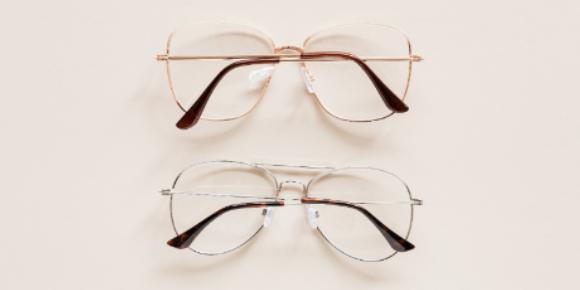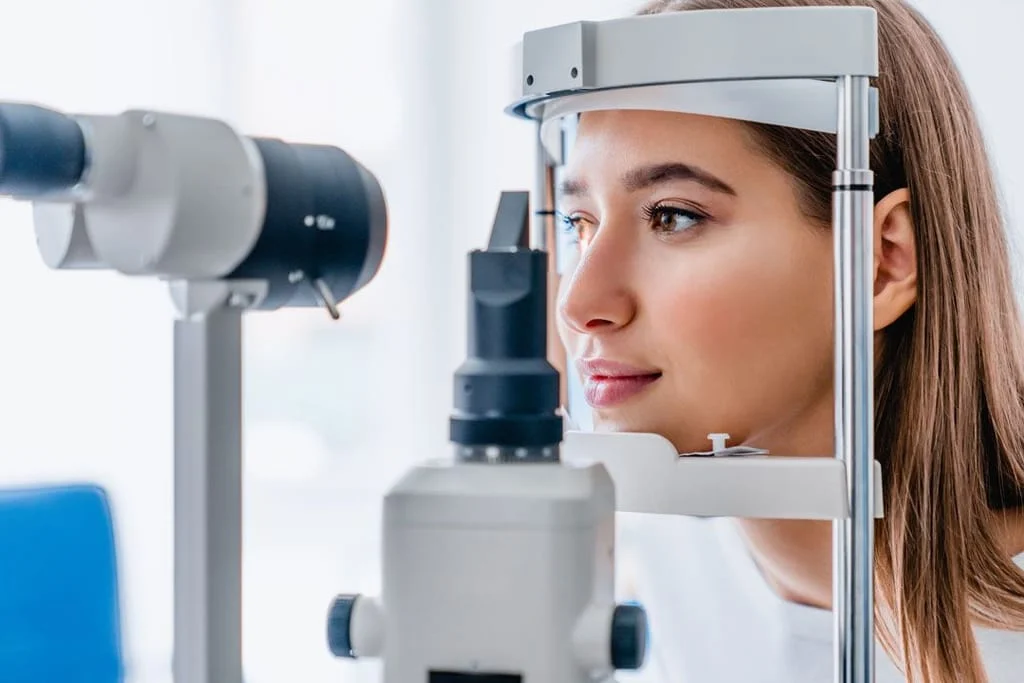
What Exactly is Nearsightedness (Myopia)?
- posted: Jun. 15, 2023
Nearsightedness, also known as myopia, is a common eye condition in which close objects are seen clearly, but distant objects appear blurry. This is because the eye is too long from front to back, or the cornea (the clear front part of the eye) is too curved. This causes light to focus in front of the retina, instead of directly on it. The retina is a light-sensitive tissue at the back of the eye that sends signals to the brain to create vision.
Nearsightedness is a common condition, affecting about 30% of the world's population. It is more common in East Asia, where up to 80% of people are nearsighted. The prevalence of nearsightedness is increasing, and it is estimated that by 2050, up to 50% of the world's population will be nearsighted.
There are a number of factors that can contribute to the development of nearsightedness, including:
- Genetics: Nearsightedness is a genetic condition, and people who have a family history of nearsightedness are more likely to develop it themselves.
- Time spent indoors: Nearsightedness is more common in people who spend a lot of time indoors, reading, studying, or using electronic devices. This is because these activities require close vision, which can put strain on the eyes and lead to the development of nearsightedness.
- Lack of outdoor activity: Spending time outdoors helps to protect against nearsightedness. This is because sunlight helps to regulate the growth of the eye, and it may also help to improve the way the eye focuses.
There are a number of ways to treat nearsightedness, including:
- Eyeglasses: Eyeglasses are the most common way to correct nearsightedness. They work by bending the light that enters the eye to focus properly on the retina.
- Contact lenses: Contact lenses are another way to correct nearsightedness. They are worn directly on the surface of the eye, and they work in the same way as eyeglasses.
- Refractive surgery: Refractive surgery is a surgical procedure that can correct nearsightedness. There are a number of different types of refractive surgery, and the type of procedure that is best for you will depend on your individual needs.
If you are nearsighted, it is essential to see an eye doctor regularly to monitor your vision and to make sure that your glasses or contact lenses are providing the correct prescription. You should also talk to your doctor about the risk factors for nearsightedness and about the ways that you can protect your vision.
Written by Google Bard AI. Edited by Santee Vision Care Center Optometry.



